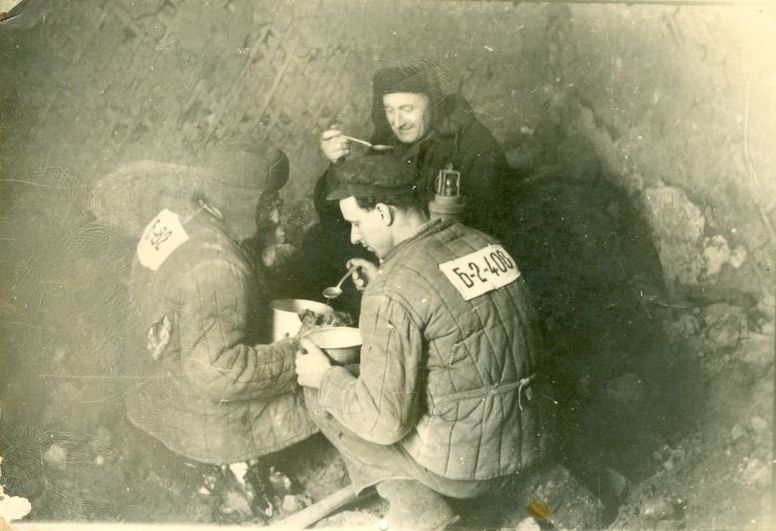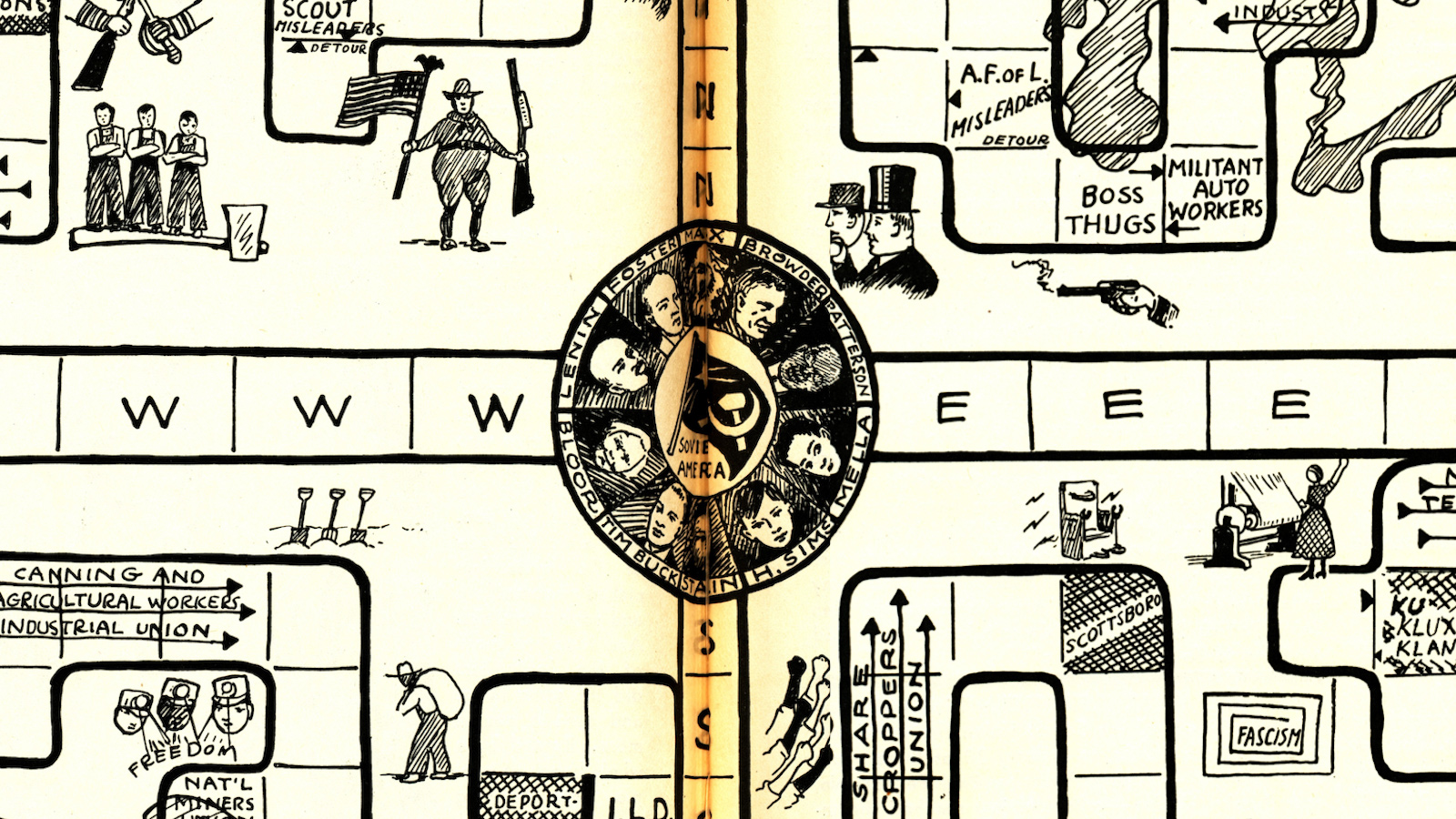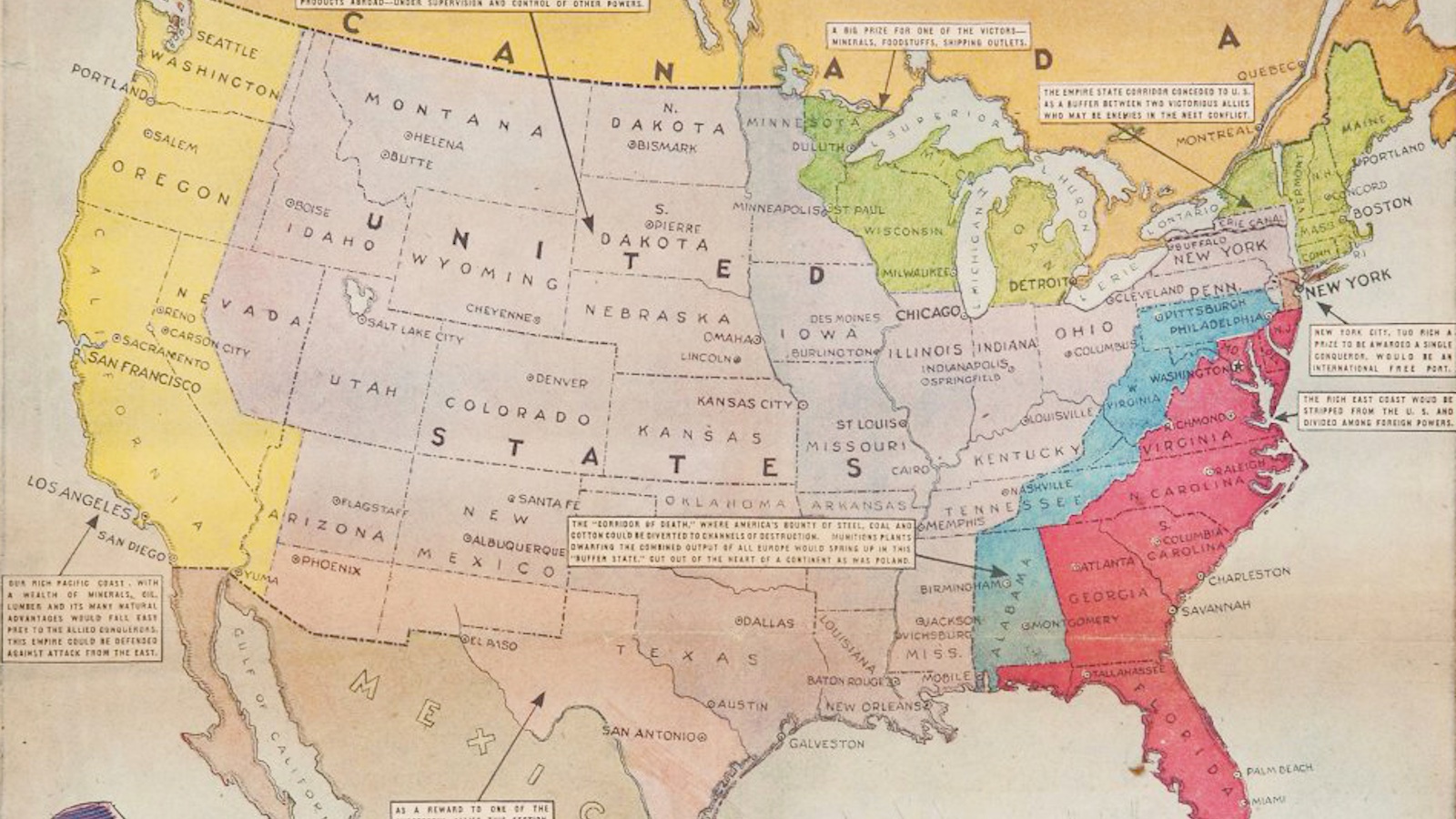That time Benito Mussolini declared war on Italian pasta
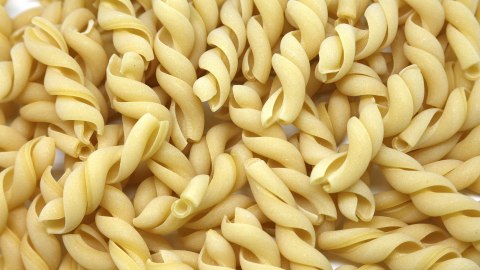
- Mussolini’s regime favored domestically cultivated rice over imported pasta flour.
- Many regions of the country, especially in the south, resisted Il Duce’s attack on local cuisine.
- Today, pasta is more than a food; it’s a symbol of Italy’s national, anti-fascist heritage.
During the 1920s and 1930s, the fascist dictator Benito Mussolini attempted something no Italian politician had ever attempted before or since: ban pasta. At a glance, this quixotic campaign appears to have been fought out of a concern for public health. Italy, the fascist leadership touted at conferences and in cookbooks, would be better off if its citizens ate fewer carbs and more protein.
In truth, the quest to get rid of the country’s most iconic and widely consumed food item was largely motivated by economic factors. As international relations cooled and the prospect of another European war grew larger, the government hoped to make Italian agriculture more self-reliant by cutting back on the import of pasta’s main ingredient: flour.
While the battle against pasta may seem inconsequential in comparison to everything else that happened when Mussolini was in charge, there is more to this peculiar episode of 20th century history than meets the eye. Through his control of food production and eating habits, Il Duce ensured his subjects could sense his presence everywhere, even at their dinner table.
If you have ever set foot in an Italian restaurant, you can probably guess how things turned out. No matter how hard the fascists tried, they could not compel Italians to abandon their go-to meal. Worse, their half-baked plan to promote a more nutritious diet left much of the population malnourished. Pasta, in all its shapes and sizes, became a symbol of partisanship and anti-fascist nationalism.
Pasta as slavery
Central to fascist doctrine is the image of a self-sufficient society with a closed economy that does not need to rely on trade with other cultures to survive. Upon coming to power, Benito Mussolini promoted the production and consumption of a variety of domestically grown products, including citrus fruits, tomatoes, wine, olive oil, and — crucially — rice.
Rice, which had long been cultivated in the northern regions of Lombardy, Piedmont, and Veneto, was meant to replace pasta and bread, both of which were made from flour bought from Turkey at rising costs. The financial instability and foreign sanctions that Italy was subject to as a result of its 1935 invasion of Ethiopia further increased its need for a dependable, domestic food source.
Still, replacing pasta with rice was more easily said than done. In the southern regions of the country, where kitchens were stocked with vermicelli, rigatoni, and fusilli, Mussolini’s rice mandates brought back unwelcome memories of the First World War, a time when Italians were forced to subside on meager rations. Rice was bland and tasteless, more fit for dogs than humans.
Facing resistance, the Fascist Party launched a propaganda campaign to convince the picky eaters of southern Italy that pasta was bad while rice was good. An influential 1932 cookbook written by Filippo Tommaso Marinetti, co-author of the Fascist Manifesto, argues eating pasta — partly because it is swallowed instead of chewed — causes you to feel lethargic and depressed.
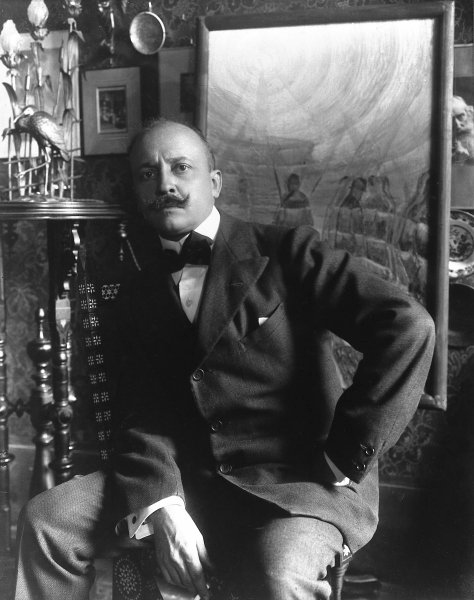
These qualities don’t make for battle-worthy soldiers willing to die for their fatherland. “This grand passion for pasta,” the book’s foreword reads, “is an Italian weakness, and you have a hundred reasons for crushing it to pieces.” Pasta was Italy’s “Achilles heel” and “a form of slavery” from which the country had to escape if it was to reclaim the long-lost status and prestige of ancient Rome.
The average Italian didn’t know what to make of the cookbook, whose recipes ranged from the unfamiliar (pickled chili peppers with Parmesan) to the unavailable (tuna fish with Japanese peanuts) to the downright bizarre (salami cooked in coffee and Eau-de-Cologne). Equally puzzling and impractical cookbooks, it is worth noting, were published in Stalinist Russia.
While writers such as Marinetti were badmouthing pasta, newly-formed institutions like the Ente Nazionale Risi or National Rice Board were altering public opinion on rice. Under direction of the Board, trucks were driven into the countryside to hand out sacks of rice along with ricettari: brochures containing not just recipes, but explanations of why eating rice was an act of patriotism.
By following the instructions of the ricettari, Italians would not only improve their own health, but also that of the state itself. Healthy men made powerful soldiers, while healthy women made strong mothers, who in turn gave birth to more soldiers and mothers. “Mangiate Riso” (“Eat Rice”) proclaims an ad from 1933, depicting a plump, blond baby seated on an opened sack.
Bella ciao
The background of this ad includes an image of the mondine, the female farmers put to work in northern Italy’s rice paddies. Romanticized in state propaganda as symbols of virility and fertility, in reality they were subjected to working conditions so harsh that they routinely suffered miscarriages and disrupted menstrual cycles. According to an article from Slice magazine, the mondine welcomed their “reproductive troubles, because the last thing they needed was another mouth to feed during this precarious time.”
As victims of Mussolini’s cultural and culinary revolution, they sang the popular partisan, anti-fascist song “Bella ciao,” organized labor strikes, and harbored enemies of the Nazis under German occupation. The bravery of the mondine inspired other elements of Italian society to speak out against Il Duce. The mayor of Naples, famous for its pasta, proclaimed that “the angels in Paradise eat nothing but vermicelli al pomodoro,” while the newspaper La Settimana Modenese wrote that Marinetti and his book were “past their proper cooking-time.”
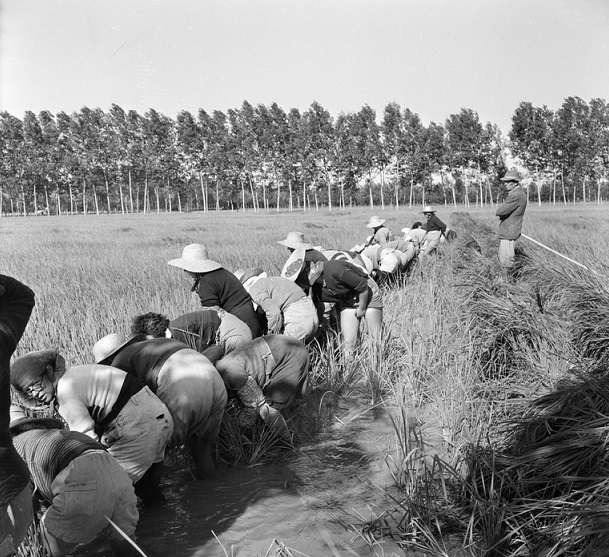
There is evidence that protests compelled Mussolini to allow wheat cultivation and pasta manufacturing in central and northern Italy during the 1930s. Even so, the Fascist Party’s failed attempt to fully replace imported flour with homegrown rice ended up causing large food shortages in the decade leading up to the Second World War, not to mention during the war itself.
If anything, the war on pasta helped make pasta even more popular than it already was. In his show Searching for Italy, the American-Italian actor Stanley Tucci encountered several chefs who tell him how their local cuisine survived the Mussolini era and became all the more treasured for it. To modern-day Italians, pasta is more than a food; it’s a part of their heritage the fascists could not destroy.
